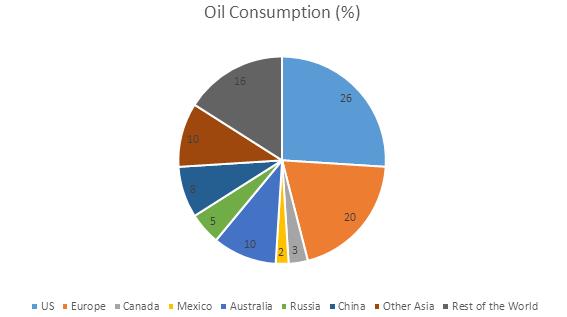Understanding Waste Oil Heaters
With the elevated prices of oil around the world, more industries as well as individuals are turning to waste oil heating to produce energy. The definition of waste oil is oil that has already been used once. In more specific terms, waste oil is any type of oil, whether petroleum based or synthetic, that can no longer be used for its original purpose.
The reasons why oil might no longer be eligible for use in its original purpose could be because of use or the way it was handled (if handled improperly, for example).
Once oil has been handled or used, it will contain impurities and possess fewer qualities or characteristics that made it useful in its original state. Waste oil in many industrialized societies is now being disposed of at stations or other facilities, but it isn’t stored, but can actually be used again for different purposes. In other words, waste oil can be designated as a different type of fuel.
Consumption of Oil around the World
Oil consumption globally is a growing concern for many industrialized nations. The United States leads the world in daily consumption with more than 20,000,000 barrels of oil consumed per day. By comparison, China, with 1.2 billion citizens, consumed 7,500,000 barrels per day. Japan used just over 5 million barrels per day and Russia and India consumed about 2.8 million barrels daily.
These figures represent a seven year increase of between 5% and 10%. Below is a chart representing oil consumption from around the world, as a percentage of total daily use.

This means that there is a great deal of waste oil being produced daily around the world.
Waste Oil Consumption
Waste oil generally contains other harmful ingredients which means that it can only be approved for burning in approved boilers, which can produce heat and energy. Industrial complexes and even homeowners are turning to waste oil to heat their buildings and homes because the oil itself cost significantly less than new oil. Homes and business owners are able to purchase waste oil burning furnaces that are designed to burn this excess oil effectively and efficiently.
Also read: Waste Oil Heaters
How is Waste Oil Burned?
Waste oil needs to be heated using flanged heaters to a specific temperature before it can be burned, so that the maximum amount of fuel is consumed and is done so in the most efficient manner. Waste oil heaters heat the waste oil to prepare it to be combusted in a qualified furnace.
Complete combustion is the primary goal of waste oil furnaces, and in order to achieve maximum combustion with minimal loss, the waste oil must reach a designated temperature before being fed into the combustion chamber.
The process of heating waste oil helps to reduce pollutants as a by-product of burning this fuel and to maximize efficiency. Without a waste oil heater, most furnaces that burn this type of fuel would be inefficient and this would defeat the goal of waste oil furnaces.
It’s important to have the proper waste oil heater for the furnace and oil being used. The heavier the oil, the lower the watt density (power) will be required to heat the oil to the proper temperature.
